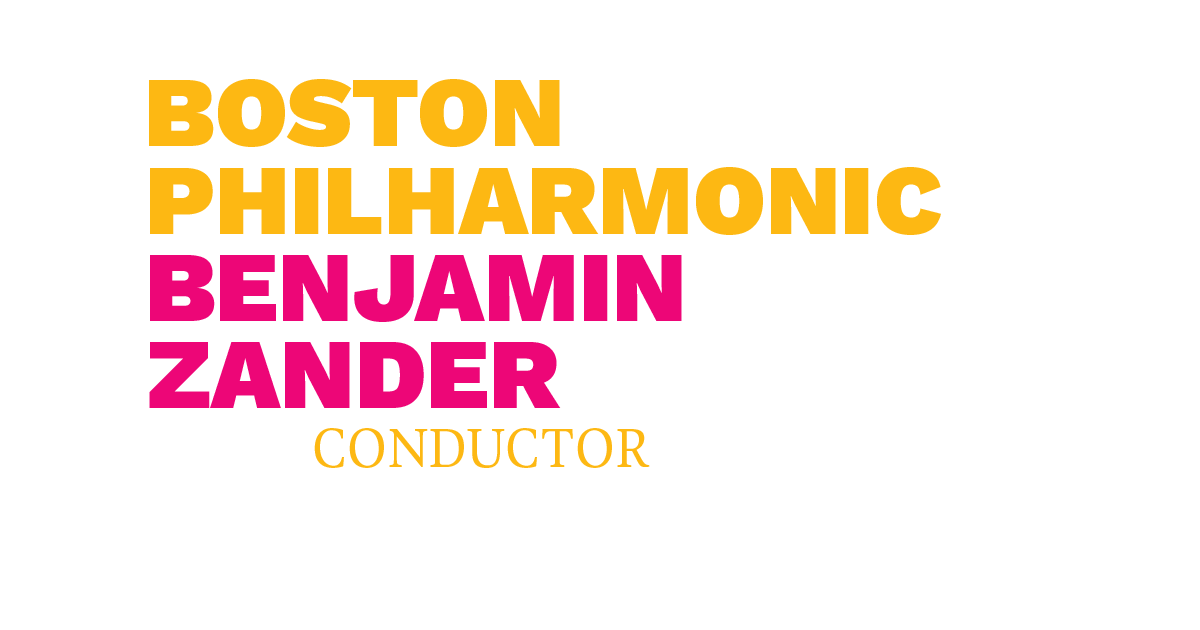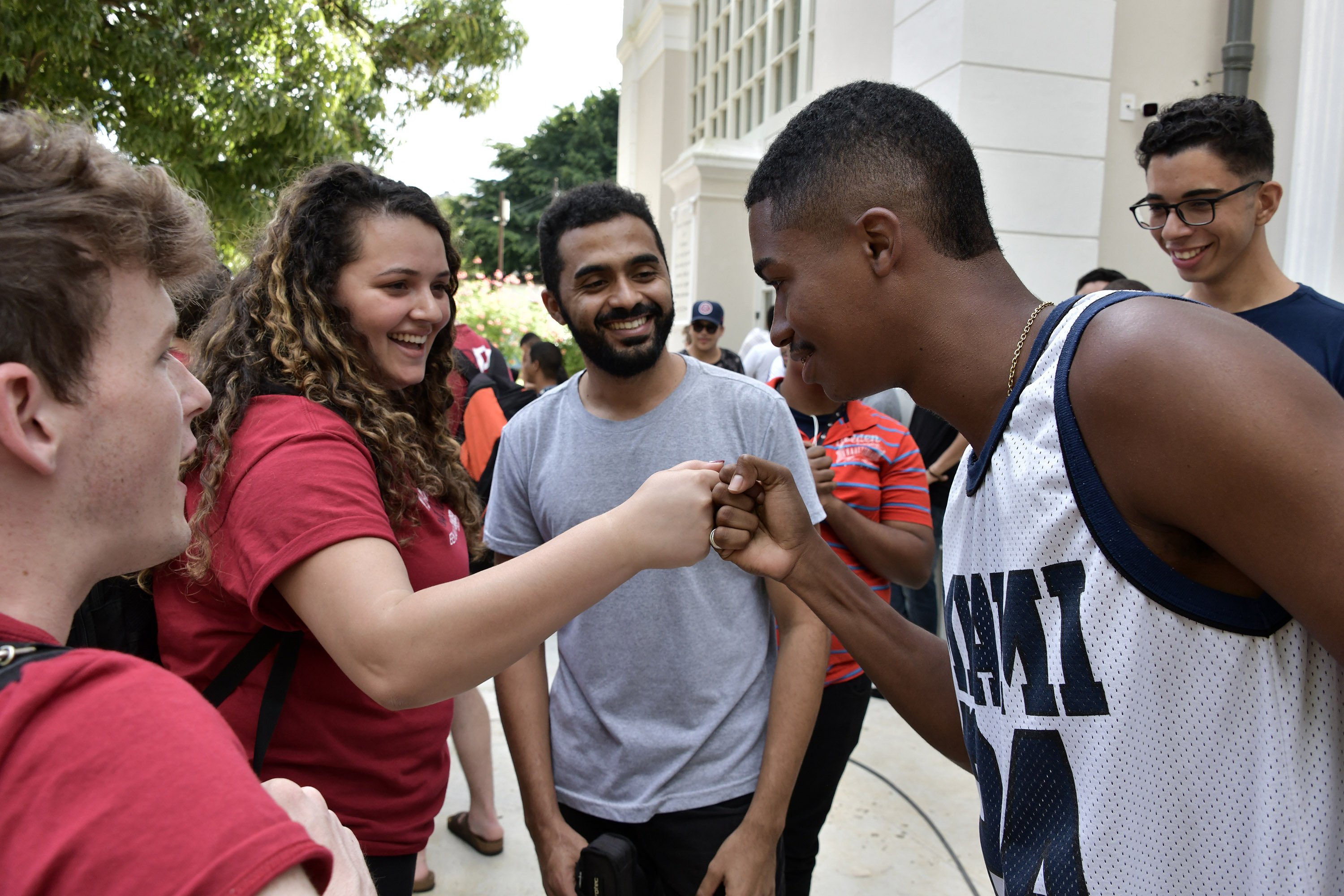
Boston Philharmonic Youth Orchestra 2019 Tour – Salvador, Part 2 & Rio de Janeiro
After the excitement of Saturday, Sunday started quietly: we had a completely free morning. Though we’d only been in Brazil for two days, this was much appreciated since there had been some intense moments over those forty-eight hours. So, everybody got the opportunity to sleep in, eat, hit the beach, swim, and/or prepare for the second stop of the BPYO tour, Rio de Janeiro.
Before heading to Rio, though, we had the first of our side-by-side exchanges. Side-by-sides are one of the most important elements of BPYO tours, as they bring together BPYO players with local musicians of roughly the same age. A typical exchange runs for a couple of hours in which the musicians get to perform together, relax and chat, have a Q&A with Benjamin Zander, and otherwise interact with colleagues across cultural and linguistic boundaries.
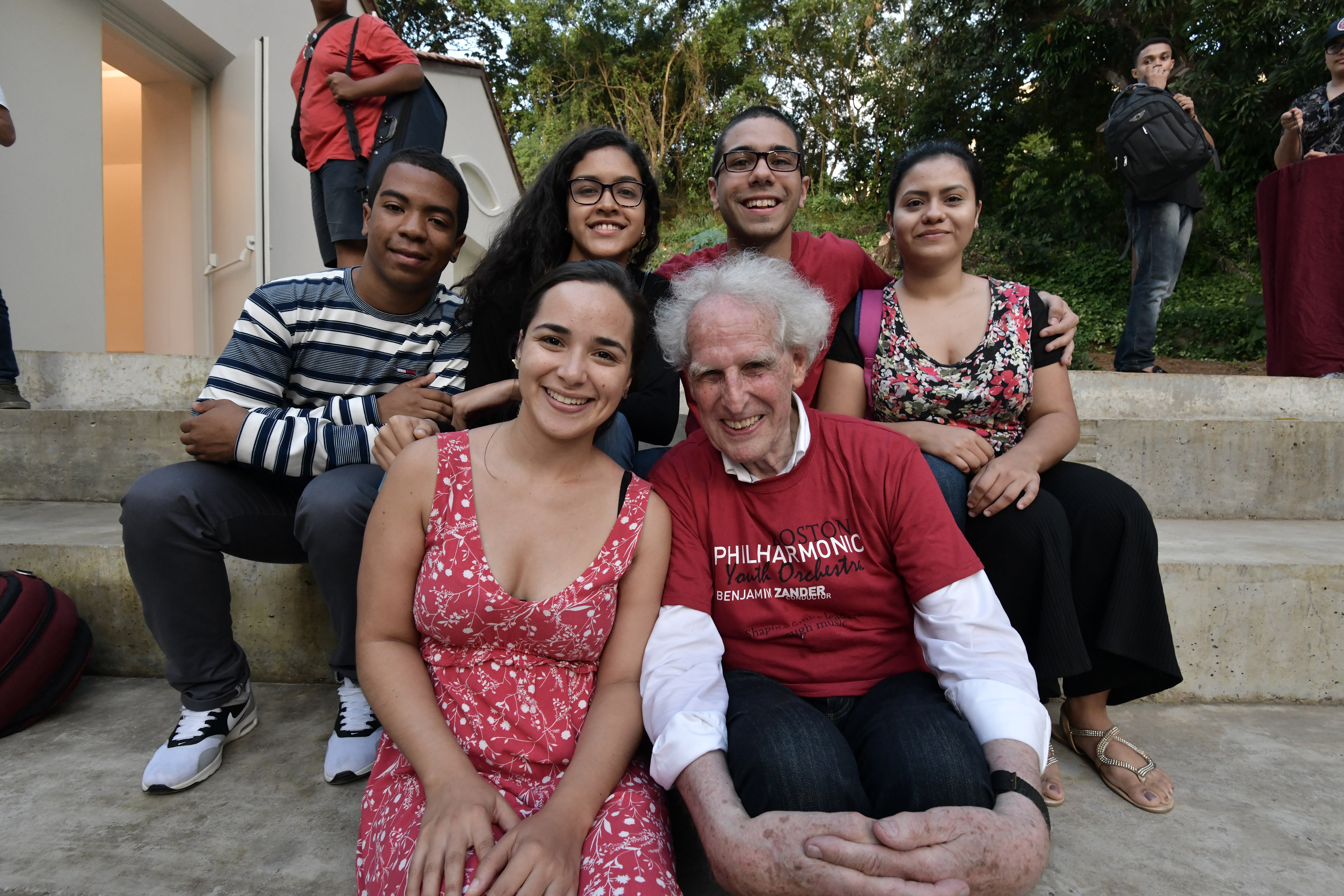
Sunday’s side-by-side was with NEOJIBA, an El Sistema-inspired concern that was founded in 2007 to bring musical instruction to kids of all ages in the heart of Salvador.
We met at their new headquarters, which they’re moving into next month, a large compound consisting of several buildings and a broad courtyard dotted with trees (including a huge mango tree out front). The main building (currently in the process of being renovated) will feature, among other things, modern, soundproof practice rooms and a concert hall.
Alas, the performance space was too small for the BPYO and NEOJIBA to perform in together, so the initial plan was to split both groups and have sectional rehearsals of music by Dvorak and Tchaikovsky. But the day was beautiful – the sky clear, the temperature not too hot, and a refreshing breeze was blowing – so, rather than divide numbers, BPYO senior advisor Mark Churchill determined that the side-by-side should take place in the plaza outside.

Chairs and music stands were brought out, the musicians assembled, and, before you knew it, the combined forces had launched into the last movement of Antonin Dvorak’s New World Symphony, al fresco. It can sometimes be difficult to gauge the effectiveness of outdoor orchestral performances, but this one had an unmistakable swagger to it. Then again, how couldn’t it, with something like nine bassoons, ten horns, and a double contingent of strings playing the piece?
Afterwards, Zander made some congratulatory comments to the combined forces, encouraged everybody to hug someone they didn’t know (not a hard task given where we were), and the group fraternized for a few minutes before continuing with the music.
Next up was Tchaikovsky’s Romeo and Juliet.
This run-through worked in more of a rehearsal fashion. Zander offered an inimitable overview of the piece – “Juliet falls in love slowly. Romeo falls in love immediately. That’s how it always happens” – and gave some instructions for shaping its opening woodwind recitative: “Tchaikovsky’s Friar Laurence isn’t a Catholic priest. He’s Russian Orthodox. Think of a Russian choir…let [the music] sing and breathe.”
And that’s just what happened. I’ve heard many Romeo & Juliets over the years and the opening of this one was as warm and flexible as any.
The players responded quickly and precisely to Zander’s additional instructions. “Hold the note for as long as you can and watch me: I promise I’ll give you a moment to breathe afterwards,” he told the woodwinds at one point where their line with the strings was dropping off too soon. They did and, voila, the problem was fixed.
Not all of his commentary was technical. Addressing the English horn and violas who play the first iteration of Juliet’s theme, Zander asked, “Do you know how old she is? She’s fourteen. You sound nineteen.” Everyone laughed. Running that section again, it did sound fresher and more innocent.

We didn’t make it through the Tchaikovsky without a pause or two, but the big chunks drew some full-blooded, passionate playing from the group. Taking in the surroundings – somewhere in the middle of Salvador, with apartment buildings rising above the walls of the NEOJIBA compound, traffic filling the streets beyond the gate, passersby going about their business – with the soundtrack of an orchestra of teenagers and young adults blazing through one of the most famous pieces in the canon was, easily, the most incongruous experience yet of the tour.
Yet it was also, in spirit at least, the most perfect. This sort of exchange is fundamental to what BPYO is about – and improvising to make it happen out of doors was the icing on the cake. After the last, mighty chord sounded, Zander told his charges that “you could have the Berlin Philharmonic here, you could have the London Symphony here. Their playing wouldn’t be any truer than what you’ve done.” He was right.
After the time for playing ended, we headed indoors where Zander held a Q&A with the NEOJIBA musicians in their new home. They were an inquisitive bunch, asking about a range of subjects, musical and otherwise. Following this, we had a time for snacks and then headed back to the buses to go to the airport.
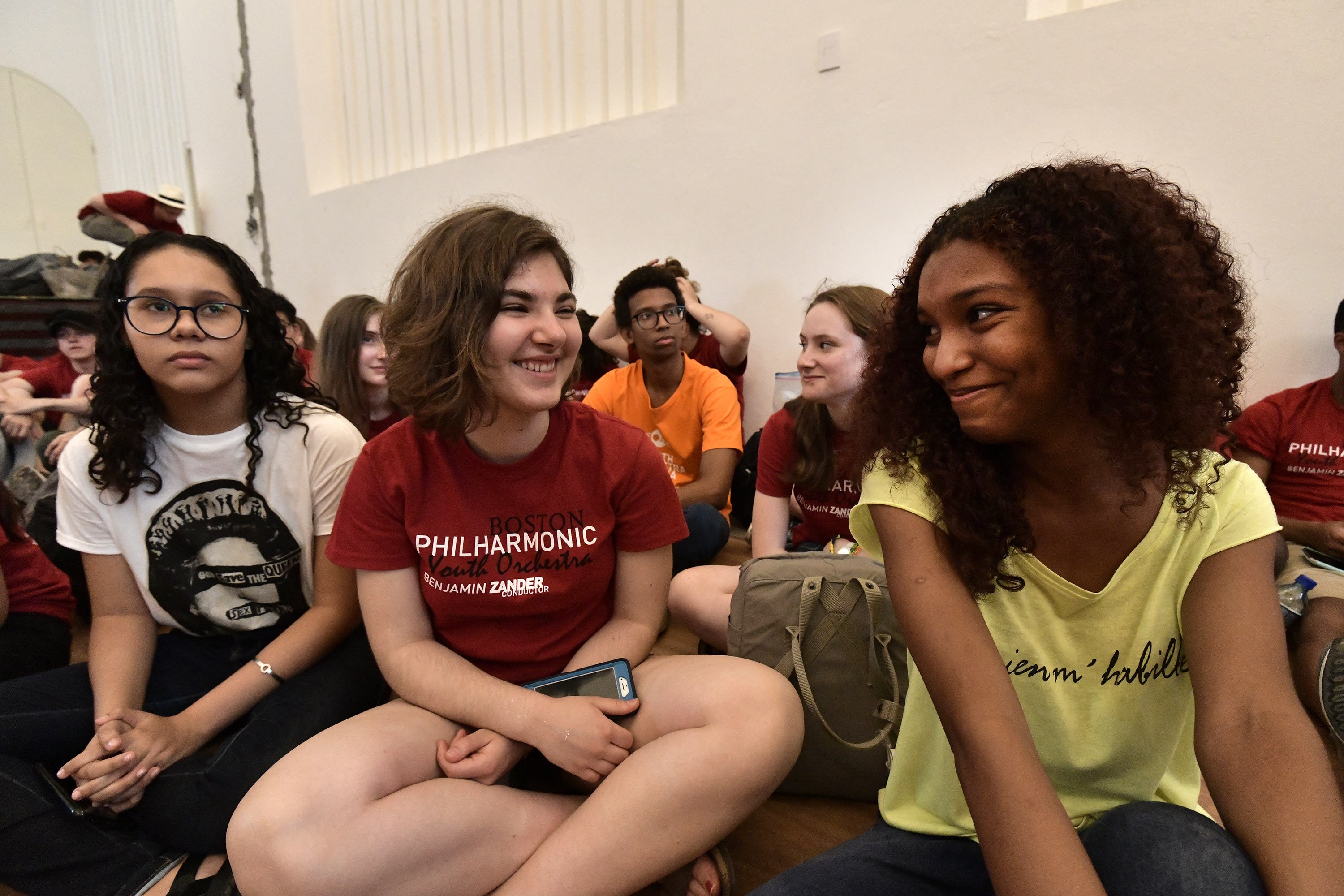
On the ride over, the BPYO players were in high spirits. The exchange with their Brazilian colleagues had clearly been meaningful but also invigorating.
Several members of the orchestra marveled at the musical and personal parallels they shared with the NEOJIBA players.
“It was so much fun,” William Ronneburg, the BPYO’s bass trombonist, told me later as we were walking through the Salvador airport terminal. “The brass players just connected – we were all the same. [We had] such similar personality types, despite speaking different languages and coming from different places.”
Mark Macha, a 20-year-old trumpeter who’s playing principal this tour, was also impressed with the connections between the brass players. The NEOJIBA trumpet professor, he recalled a couple of days later, “brought a gift for us: a score and five parts of trumpet ensemble arrangements of Brazilian music.” The respective sections then held an impromptu rehearsal and spent about half-an-hour talking with the professor (who’s spent some time in Boston). Afterwards, they exchanged contact information and he’s since received additional scores and recordings of Brazilian pieces.
Violinist Connie Cai made an immediate connection with her stand partner, exchanging WhatsApp numbers with her and even looking into the possibility of meeting up later in the tour in São Paulo. “She only speaks a little English,” Connie said, “but I felt a lot of energy from her when we played, and she from me – we moved together like we’d been playing together for a long time.”
Stories like that were, for this evening, the rule: the world, at least one corner of it, had become a bit smaller and better-connected thanks to those three hours in Salvador.
Once we arrived at the airport, we checked in and breezed through security. If, like me, you’re old enough to remember what it was like to fly in the years before 9/11, going through airport security in Brazil is something of a nostalgia trip. Shoes stay on. Water bottles are allowed in carry-ons. And the line moves quickly. The whole process seems…humane, actually.
Our flight was uneventful and we landed just a few minutes behind schedule at 11:45. It took some time to collect the group’s luggage, load up on buses, and trek to our hotel (an hour away in the center of town), but everyone was up and happy the next morning. (And horn player Maria D’Ambrosio, whose birthday was Monday, had the added distinction of being the recipient of a rousing round of “Happy Birthday” in baggage claim – led by Zander – when the clock struck midnight.)

The first item on our official schedule the next morning was a visit to Sugar Loaf Mountain, the famous massif that sits at the confluence of Guanabara Bay and the Atlantic. It’s a spot that affords sweeping views of much of Rio and, while iconic from appearances in films, tourist brochures, and the like, seeing this enormous rock in person (whose similarity to a type of Portuguese bread provided its name) is a stirring experience.
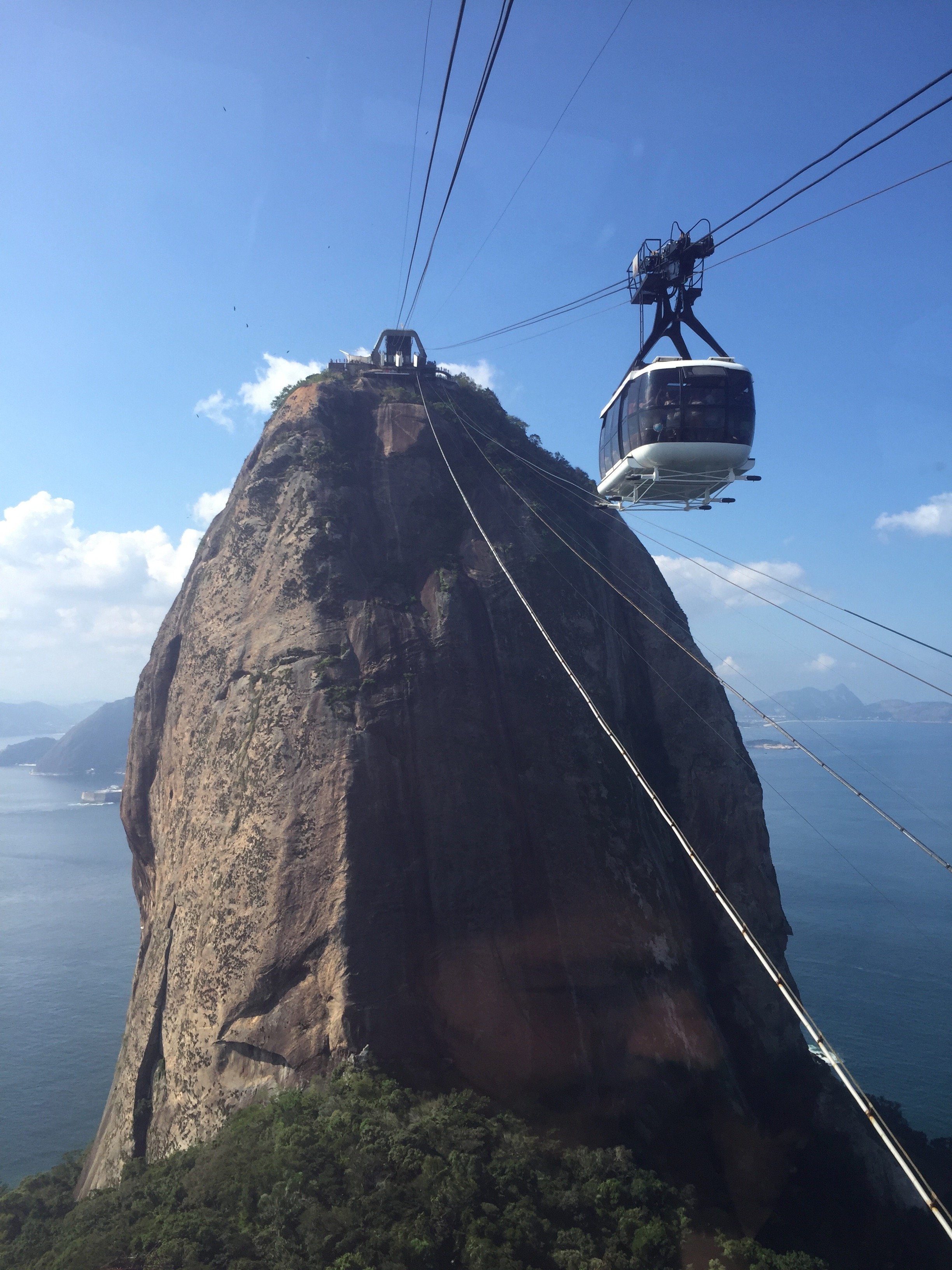
We took the cable car to the top and spent an hour or so exploring, snapping many pictures, admiring the tropical vegetation, and being amused by the marmosets that inhabit the place.

Then it was back down to the busses to return to the hotel and lunch. Not to miss out on anything, the drive took us past more of Rio’s highlights, including the Copacabana and Ipanema beaches.
After a hearty repast, some went to rest or swim in the hotel’s rooftop pool. I strolled off down the block to the Igreja de Nossa Senhora da Candelária. A majestic structure that was begun in 1775 but not fully completed until 1877, the church features a pair of ornately decorated pulpits, beautiful stained-glass windows, and paintings on the ceiling and walls by the Brazilian artist João Zeferino da Costa. It’s a glorious space.
That night we had our concert at Rio’s Theatro Municipal. The venue opened in 1909 and is modeled on the Paris Opera, with a grand, open foyer going up three levels and a lovely, airy balcony that opens out onto the Plaça Alagoas across from the entrance. Underneath the main floor is a sunken dining area that spans the width of the structure.
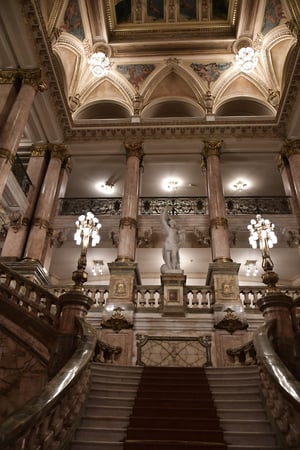
The inside of the theater is fashioned in a classic horseshoe design and, with several tiers rising up, it’s a good-sized venue. But it’s not cavernous, by any means. Rather, it fits a symphony orchestra well, providing a nice mix of intimacy (the main floor of the hall only runs back about twenty-five rows) and space for the sound to blossom.
The orchestra’s arrival at the hall was delayed due to rush-hour traffic, and our rehearsal summarily abbreviated. It ran as smoothly as possible, though, under the circumstances, focusing mainly on tightening up the problem spots from Saturday’s concert and running through Wagner’s Act 1 Prelude to Die Meistersinger, the night’s opener.
If the rehearsal had been, out of necessity, a bit taut, the concert was anything but, despite a disturbance in the audience during the orchestra’s tuning. Apparently a fight almost broke out – either over opposing political viewpoints or someone taking a video, depending on who you ask. Whatever the cause, the fracas was quickly put down.
Regardless, the orchestra wasn’t at all fazed: the Meistersinger music, which had sounded a bit leaden on the earlier try, really came to life when the moment counted: big and round, yes, but also nimble (the Apprentice’s theme positively danced), and all its tricky transitions were beautifully handled.
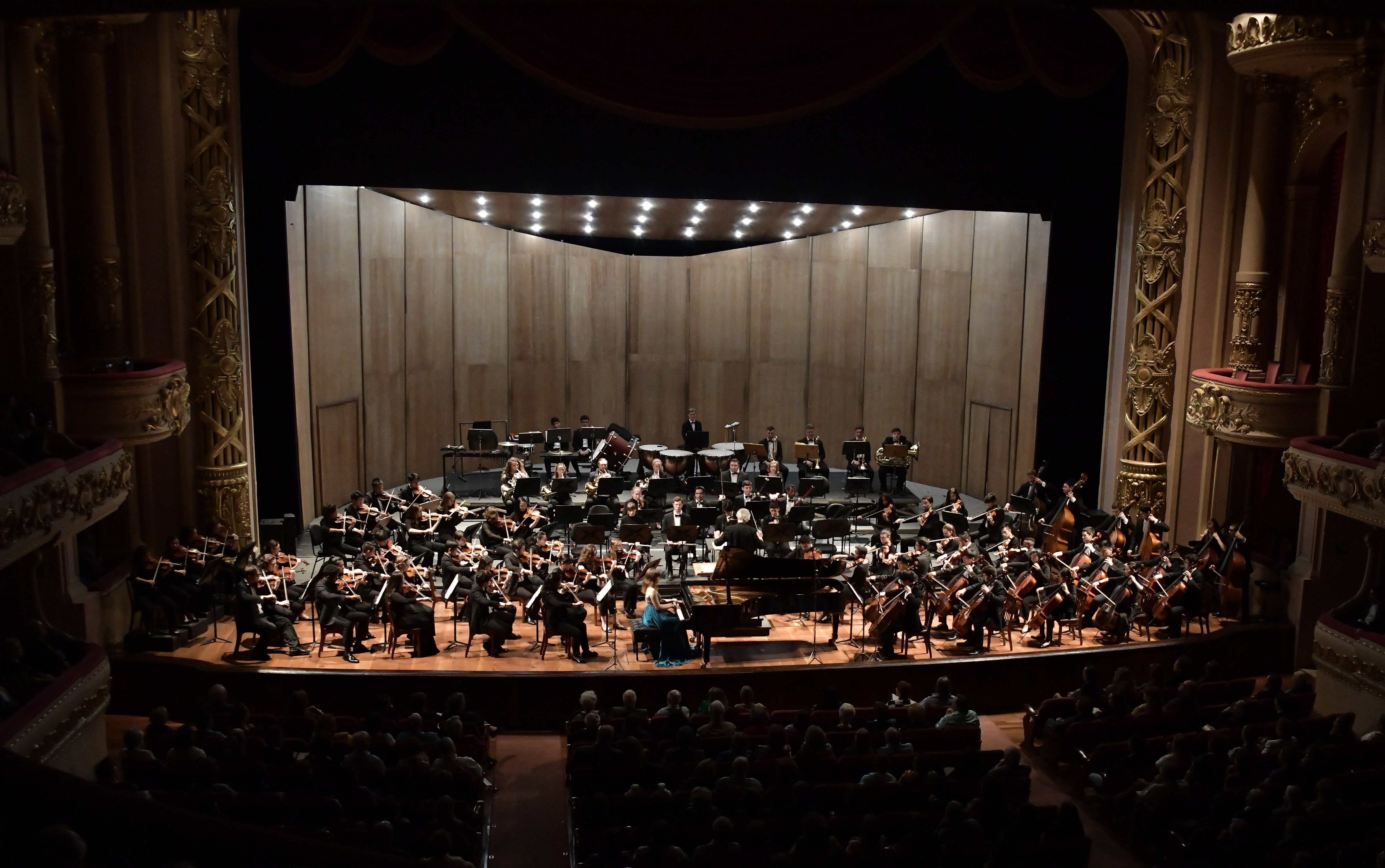
Anna Fedorova had a darker-toned piano to work with in Rio than in Salvador, and, in this Rach Two, she got it to sing tempestuously. From the downbeat, her playing was totally focused and probing. The BPYO was, as at the first venue, with her every step of the way. But there was more polish and security to their playing this time (in part because of the Theatro Municipal’s superior acoustics).
Then came a scorching Shostakovich Tenth Symphony. Zander gave a short introduction to the piece, referencing the near-fisticuffs earlier: “You’re lucky you can argue about your differences publicly. Shostakovich couldn’t.” And we were off.

Monday’s reading was carefully shaped and rhythmically tight. The wily spots in the second movement that had rushed in Salvador were here assured and the threat of derailment was entirely absent in the finale. Nick Rubenstein played the third-movement horn solos with robust color.
The Rio audience was, like Salvador’s, adoring, and they got to hear the usual encores (Stars & Stripes Forever and “Nimrod”). After the bows were done, Zander trooped to the entrance of the theater to meet the public, who mobbed him, as they did, when they came out a little later, members of the orchestra.
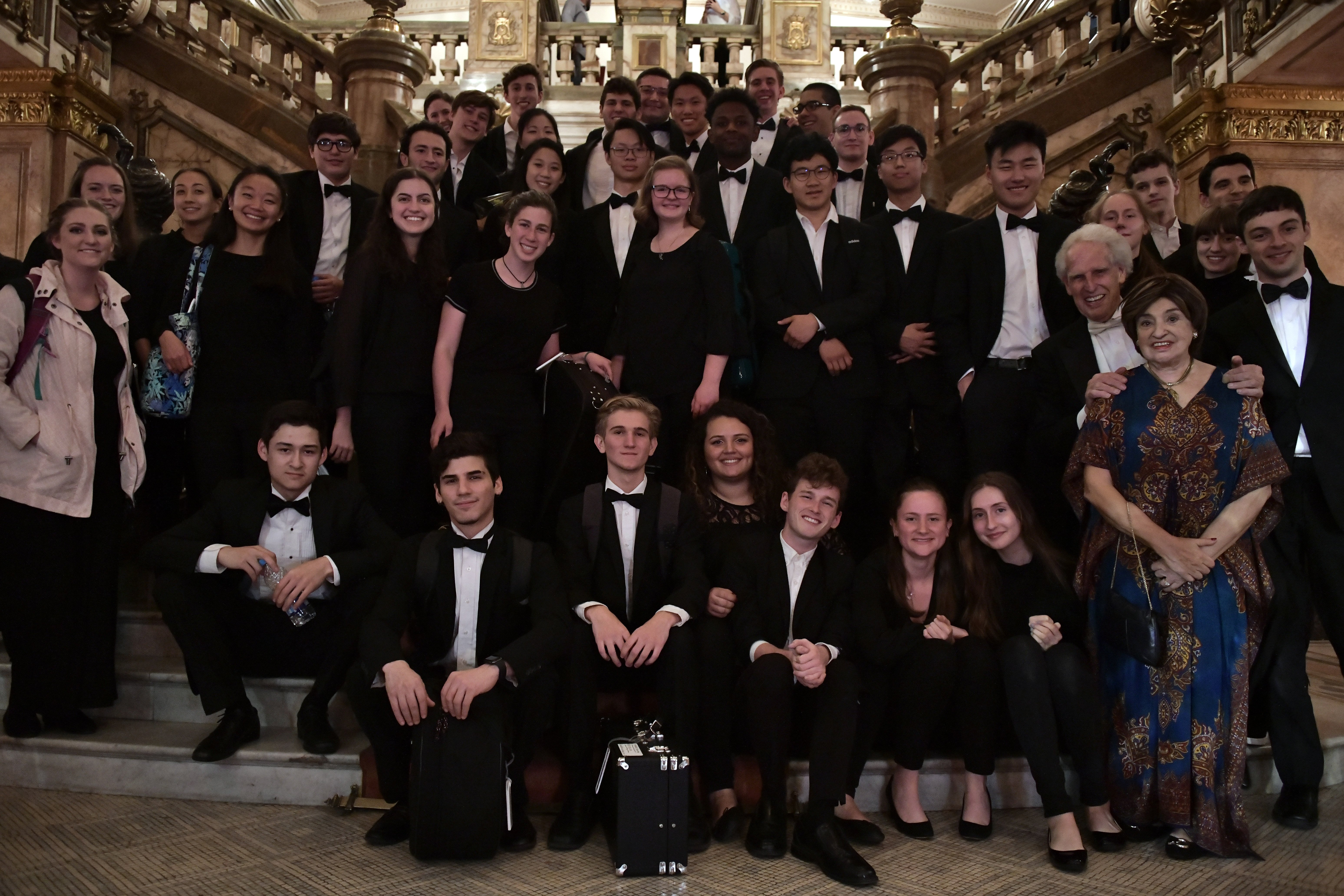
It was a fresh, lively scene – hardly something you’d expect to experience in the U.S. or Europe – that only ended when the theater’s staff insisted that we vacate the premises as they needed to close up shop for the day.
So, we left, returned to the hotel, had a very late dinner, and prepared, the next morning, to head out to São Paulo.

